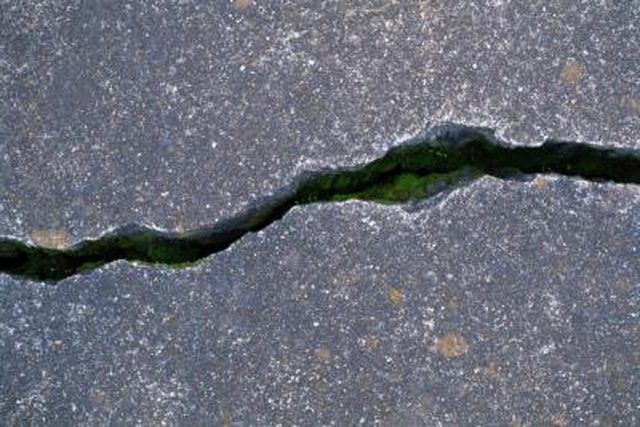Bulbs
Flower Basics
Flower Beds & Specialty Gardens
Flower Garden
Garden Furniture
Garden Gnomes
Garden Seeds
Garden Sheds
Garden Statues
Garden Tools & Supplies
Gardening Basics
Green & Organic
Groundcovers & Vines
Growing Annuals
Growing Basil
Growing Beans
Growing Berries
Growing Blueberries
Growing Cactus
Growing Corn
Growing Cotton
Growing Edibles
Growing Flowers
Growing Garlic
Growing Grapes
Growing Grass
Growing Herbs
Growing Jasmine
Growing Mint
Growing Mushrooms
Orchids
Growing Peanuts
Growing Perennials
Growing Plants
Growing Rosemary
Growing Roses
Growing Strawberries
Growing Sunflowers
Growing Thyme
Growing Tomatoes
Growing Tulips
Growing Vegetables
Herb Basics
Herb Garden
Indoor Growing
Landscaping Basics
Landscaping Patios
Landscaping Plants
Landscaping Shrubs
Landscaping Trees
Landscaping Walks & Pathways
Lawn Basics
Lawn Maintenance
Lawn Mowers
Lawn Ornaments
Lawn Planting
Lawn Tools
Outdoor Growing
Overall Landscape Planning
Pests, Weeds & Problems
Plant Basics
Rock Garden
Rose Garden
Shrubs
Soil
Specialty Gardens
Trees
Vegetable Garden
Yard Maintenance
How to Replace a Broken Sidewalk Slab
How to Replace a Broken Sidewalk Slab. Excessive sidewalk cracks indicate that a slab may be beyond repair. Replacing broken concrete eliminates a dangerous trip hazard and prevents the damage from spreading. Removing concrete is a labor-intensive process made easier with power tools that can help break down the broken section without damaging the...

Excessive sidewalk cracks indicate that a slab may be beyond repair. Replacing broken concrete eliminates a dangerous trip hazard and prevents the damage from spreading. Removing concrete is a labor-intensive process made easier with power tools that can help break down the broken section without damaging the rest of the sidewalk. Once the old concrete is removed, plan a full day to form and pour new concrete, and four days for the slab to set.
Things You'll Need
Jackhammer
Sledgehammer
Dumpster
Pry bar
Plastic
Shovel
Hand tamper or 4-by-4-inch board
3/4-inch gravel
Expansion joints
Utility knife
2-by-6-inch boards
Hammer
Wooden stakes
Concrete mix
Concrete mixer
Gauge rake
5-foot screed board
Squeegee
Breathable fabric
Place the tip of a jackhammer in the center of a crack and drill down at an angle. Follow the line of the crack with the jackhammer to cut out large chunks of the slab. Crush the chunks into smaller pieces with a sledgehammer and throw them in a bucket or dumpster. Pry out remaining pieces with a pry bar until all of the damaged concrete is removed. Call a waste disposal company to collect the broken concrete.
Lay a sheet of plastic by the site and scoop out the old gravel base with a shovel. Measure the depth of the site once you reach subsoil and continue digging until the site is 10 inches deep. Tamp the subsoil beneath the old gravel with the end of a hand tamper or 4-by-4-inch board.
Fill the site with two 3-inch layers of 3/4-inch angular gravel. Pound the flat end of the tamper down hard against the gravel to stabilize the base.
Measure two strips of expansion joints to fit across the width of the sidewalk between the new slab and the two existing ends. Cut the strips with a utility knife and stand them against the two inner walls adjacent to existing concrete. Made from cork or another semi-flexible material, expansion joints are 1/4- to 1-inch thick. They will help prevent future cracks by absorbing tension as the slab shrinks and shifts with temperature fluctuations.
Place two 2-by-6-inch boards against the remaining sides of the site. Hammer wooden stakes every few feet behind the boards to brace them against wet concrete.
Add small amounts of water at a time and mix it with concrete in a mixer. Scoop the concrete into the site with a shovel and shift it into corners with a gauge rake. Drag a 5-foot screed board back and forth over the top to remove any excess and smooth the slab. Push a squeegee over the surface to remove any marks left by the screed board.
Cover the new slab with damp, breathable fabric so the new slab doesn’t dry too fast. Keep it covered and spray the fabric with water for four days.
Tips & Warnings
Always wear safety goggles, earplugs and other protective gear when working with a jackhammer.